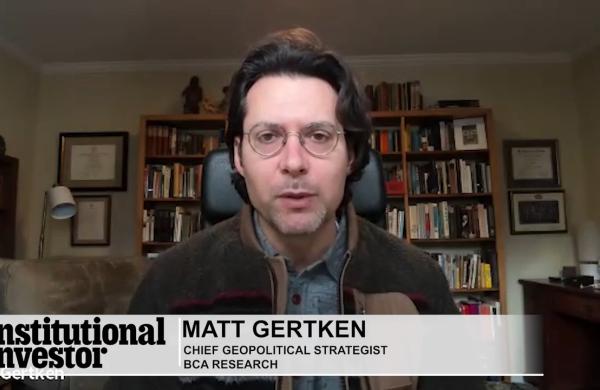Private credit took center stage at the Milken Institute annual global conference this week, with executives stating that the asset class is showing resilience at a time of high market stress.
Private credit, which started in earnest in the years following the financial crisis in 2008, has become a crucial part of the global credit markets, offering stable and flexible financing as capital has become scarce.
Credit shops have moved from just non-investment grade lending to financing energy, infrastructure, real estate, and consumer finance, according to Jon Gray, Blackstone President and COO.
“There is just an enormous opportunity, and we're at the very beginning of that, for investors… to be able to trade a bit of liquidity for higher returns,” he said. During a live stream of from the conference, Gray said an insurance client investing in private credit got a 1.75 percent bump in return for the same A-rated risk available in the public markets. “… That is a very good trade for long-term pools of capital.”
Banks, which borrow in the short-term markets, even as they lend money for the long term, continue to be crucial, but have ceded much of this territory to asset managers.
Marc Rowan, CEO of Apollo, speaking on the same panel, said that the banking system and the public markets don’t’ have enough capacity. The financial crisis and bank bailouts led to the rise of private credit in the first place.
Rowan said traditional bank regulators have been a “headwind” for private credit, but that’s changing. “This non-bank thing was very complicated to them, but I think they're starting to get that it's diversifying for the financial system. said Rowan.
Although private credit has generated its share of negative headlines, including in Institutional Investor, sources argue that allocators can get an equity-like return on a first lien senior secured position in private credit.
Paul Horvath, CEO and Founder of alternative asset manager Orchard Global, said that despite the headlines warning of the risk and the bubble in private credit, capital is simply moving to the pocket that wants to hold it: Long-term investors.
When investing for their own book, institutions identify the best managers. Then the loans are being underwritten “by someone that has a vested interest in making sure the documents are appropriate, versus a middle man who doesn't really care what's in the document,” said Horvath.
But liquidity remains a concern.
Rudy Sahay, founder and managing partner of Aquarian Holdings, said that in the last few market downturns, investors discovered that they didn’t have liquidity, so they needed to have a control position to protect themselves. ‘Because it's when not an if that you're going to have a default, and it's all about your recovery rates. And if you're in a position where you determine what happens with the business, your recovery rates would be fantastic.”
Without control, borrowers are essentially just price takers.
Not Without Its Downsides
As II reported earlier this week, there is a serious transparency issue in the private credit space, suggesting that its defining feature is its near-total absence of truly reliable and comprehensive data.
There are attempts to remedy this. In Late April, MSCI and Moody’s launched a joint service that provide independent risk assessments for private credit investments at scale, addressing the need for standards and better tools for investors to assess, compare, and communicate the risk of their investments.
The data is sourced from original documents provided by managers on more than 2,800 private credit funds and more than 14,000 individual companies.
Luke Flemmer, head of Private Assets at MSCI, said the need for a service of this kind is growing fast but clearly lacking. Given the rate of growth and complexity, private credit will benefit from better analytics and more transparency.
“It's clearly an asset class that people like, but you start to run into a little bit of a ceiling."
Allocators are confident with private credit up to a certain point, but that stalls because of the lack of transparency and understanding. Add that to the mix, said Flemmer, and that number will rise. There is a reason that many feel comfortable with a predominantly public market allocation: transparency, analytics and tools to understand the portfolio. Give those to private credit and it could be a game changer.







